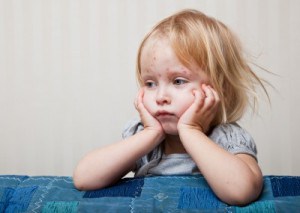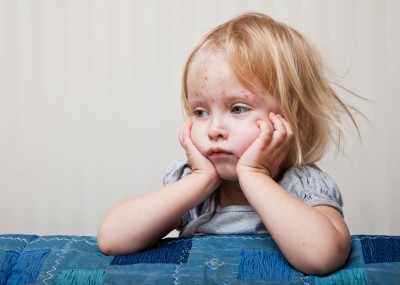 Travelers to international destinations seem to be bringing back with themselves more than the memories of places visited. According to Center for Disease Control and Prevention, in just the first two months of the year, 13 people have contracted measles in the US due to international travel. What is of concern is most of them are children.
Travelers to international destinations seem to be bringing back with themselves more than the memories of places visited. According to Center for Disease Control and Prevention, in just the first two months of the year, 13 people have contracted measles in the US due to international travel. What is of concern is most of them are children.
In the US measles was declared as eradicated in 2000. However due to international travels when travelers return from places where the disease is endemic they are bringing the infection with them.
In January and February alone there have been 692 cases of measles reported, 87 percent of which were associated with cases contracted outside the U.S. There were 292 cases where measles were directly contracted outside the U.S, with 159 in US residents. Of these, 30 percent were children between 6 to 23 months.
CDC report that while children are eligible for vaccination before international travel, none of the kids infected were vaccinated for measles.
The report stated, “Young children are at greater risk for severe measles, death, or sequelae such as subacute sclerosing panencephalitis. Although all seven children had been eligible for vaccination before travel, none had received measles, mumps, and rubella (MMR) vaccine, the only measles-containing vaccine currently available in the United States….”
Of the 29 measles cases reported during January and February, 2011, a total of 28 were import-associated, of which 16 (57%) were classified as imported cases; 13 of the imported cases (81%) were among U.S. residents. Of these 13 cases, seven (54%) occurred in children aged 6 to 23 months. All seven patients had recently traveled internationally; they were residents of Massachusetts (two patients), Texas (one), New York (one), Pennsylvania (one), Washington (one), and California (one).”
Four of the seven kids needed hospitalization, two for diarrhea and dehydration, 1 for pneumonia and another for fever.
While the kids did recover, the researchers note that it is very important for children traveling abroad to get vaccination with children 12 months and over, needing two doses of the MMR vaccine separated by 28 days. For infants between 6 to 11 months one dose of the vaccine is needed.
For doctors too, the researchers cautioned that when doing the check up of kids who have recently traveled abroad they should keep signs and symptoms of measles in mind.
Measles is known the world over by the defining red spots formed all over the body of the infected person. However the initial symptoms of the disease may not be the red spots but cough, runny nose, red eyes and high fever. This is followed by the appearance of Koplik’s spots, inside the mouth. These are red spots with blue or white centers. The characteristic red spots then appear on the forehead followed by rest of the body.
In most developed countries the vaccination against measles is MMR given to kids after the age of 18 months as before that they already have antibodies within their body transmitted from the mother during pregnancy. The vaccination is repeated between the age of four and five to increase immunity of the kid.
In developing countries however, the vaccination to kids is given after 6 months of a child’s birth. As the disease is still endemic in these countries WHO has recommended the earlier dosage with one dose at 6 months and another at 9 months of age.
Once infected, a person with measles is usually ordered restricted movement so as to come in contact with the least number of people. Also, it takes from 2 to 3 weeks in average for a person to recover and for the red rashes to go. It is thus wise to take the vaccinations before any travel rather than make the kids go through the troublesome infection.


























